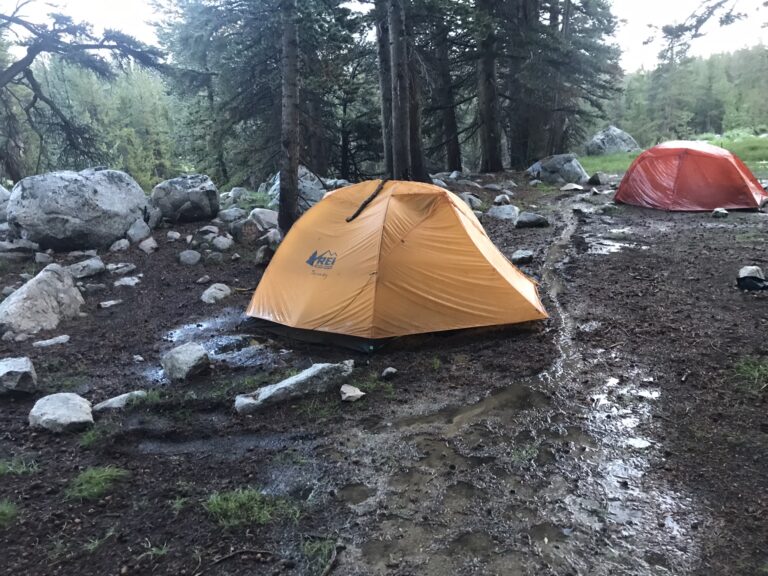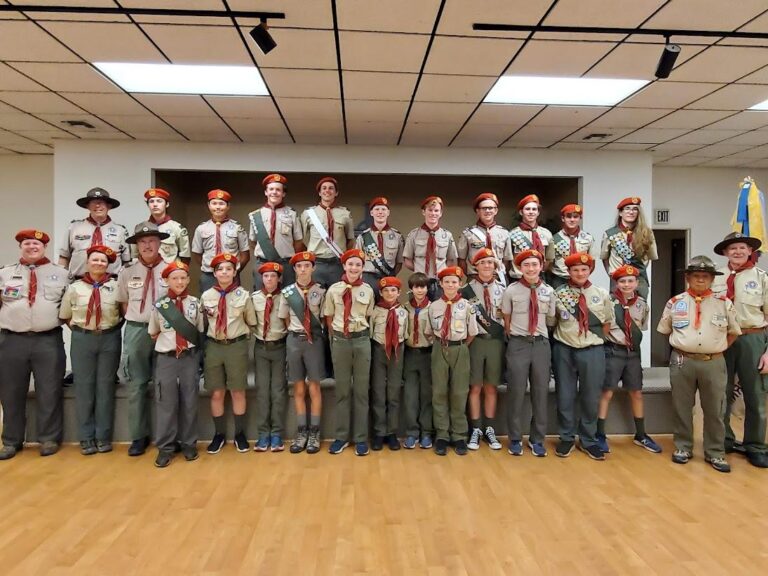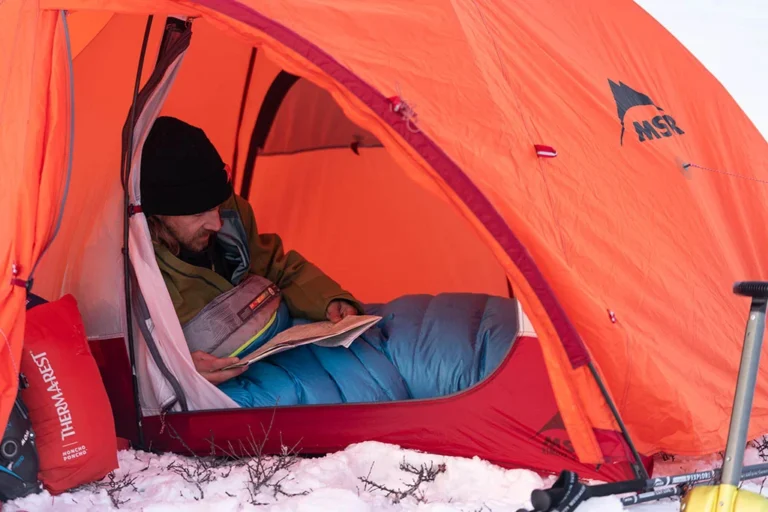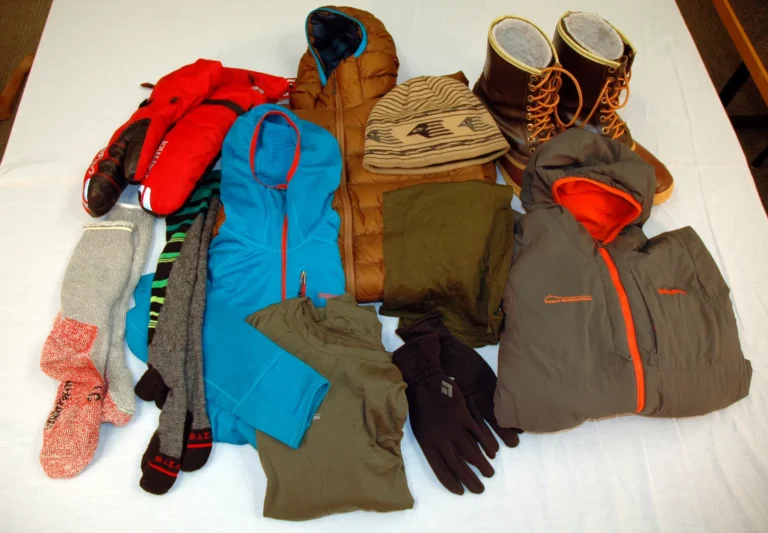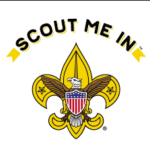How to Choose Personal First-Aid Kits
Pre-Assembled First-Aid Kits
Most beginning backpackers select pre-assembled first-aid kits as a matter of convenience rather than building their own. It’s an easy way to make sure you have not forgotten any of the basics.
Most kits are packed compact, water-resistant pouches that can be refilled and reused.
First-Aid Basics
Whether you’re choosing a pre-assembled kit or building your own, make sure you carry the supplies that match your trip plans, or your needs. Think about:
Your trip’s duration
The strenuousness and potential dangers inherent in your route
The distance you must travel to reach medical assistance
The Essentials
Every first-aid kit should include:
A manual: a comprehensive, easy-to-follow first-aid instruction booklet that clearly explains how to handle basic problems
Basic bandages: assorted adhesive bandages, athletic tape and moleskin
Wound care: Alcohol wipes, Antibiotic ointment
Basic drugs/lotions: aspirin, antiseptic, antacid tablets, sunscreen and any prescription medicines (Inform your trek leader if you are taking any prescription medicines)
Basic First-Aid tools: tweezers, razor blade or knife
Miscellaneous items: bee-sting kit, handy wipes, plastic gloves and eye pads
(If you are allergic to bee sting and carrying EPIPEN, please notify your trek leader)
The Extras (Trek Leader carry large First Aid Kit)
For long trips and difficult routes, you may wish to include a larger selection of items such as:
Additional bandages: gauze pads, ace bandages and butterfly bandages
Additional drugs/lotion: burn ointment and Hydrocortisone Cream (1 %)
Additional first-aid tools: sling, basic splint, forceps, instant ice pack and thermometer
Know Basic First Aid
A fully stocked first-aid kit is useless unless you know how to use the supplies inside. Make sure you know basic wilderness first aid before you leave home. Update your skills from time to time so you don’t forget important procedures.
